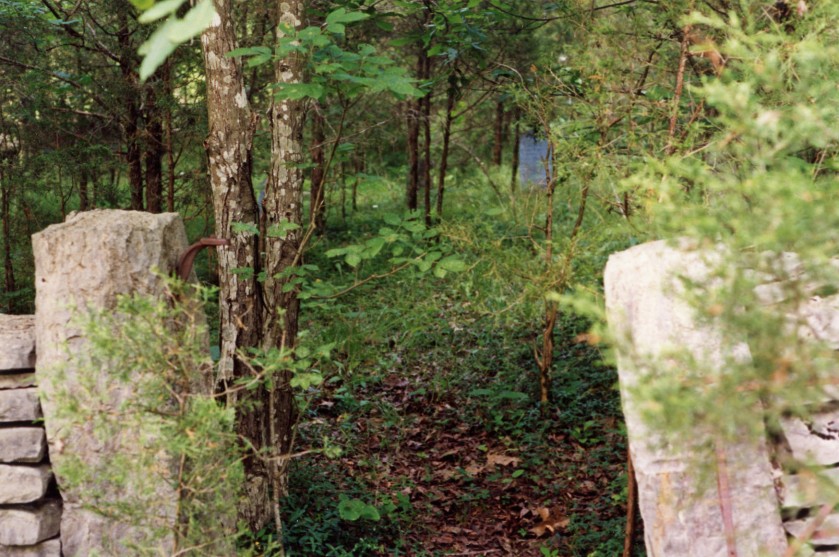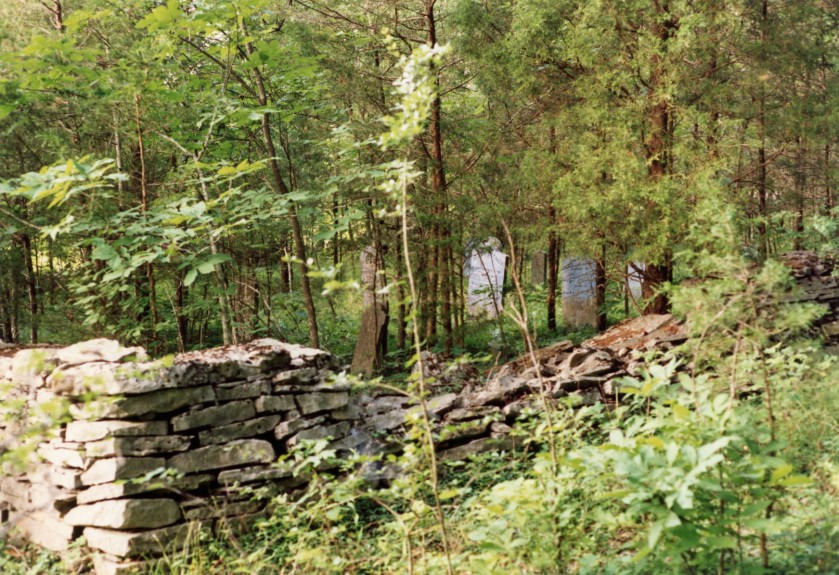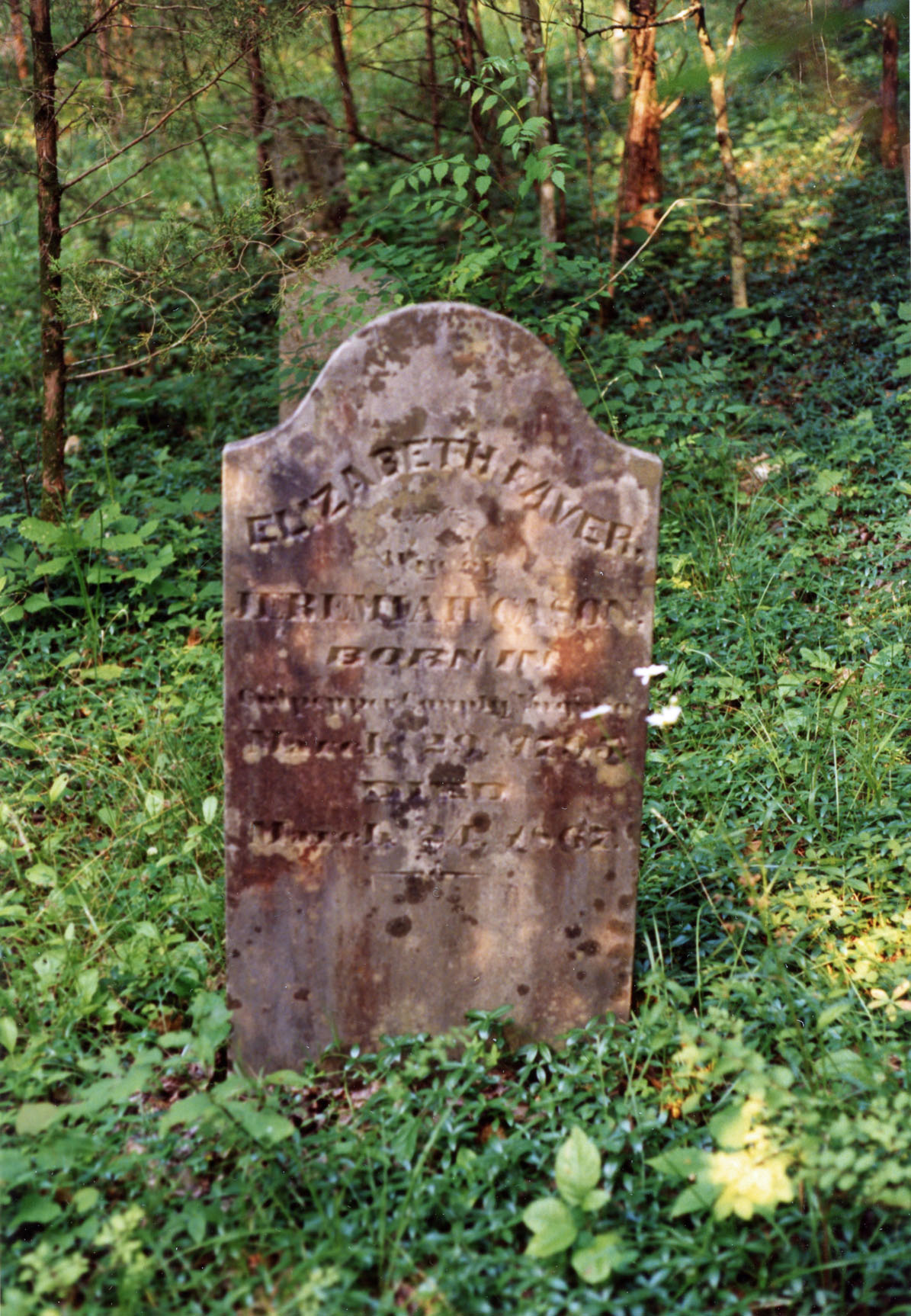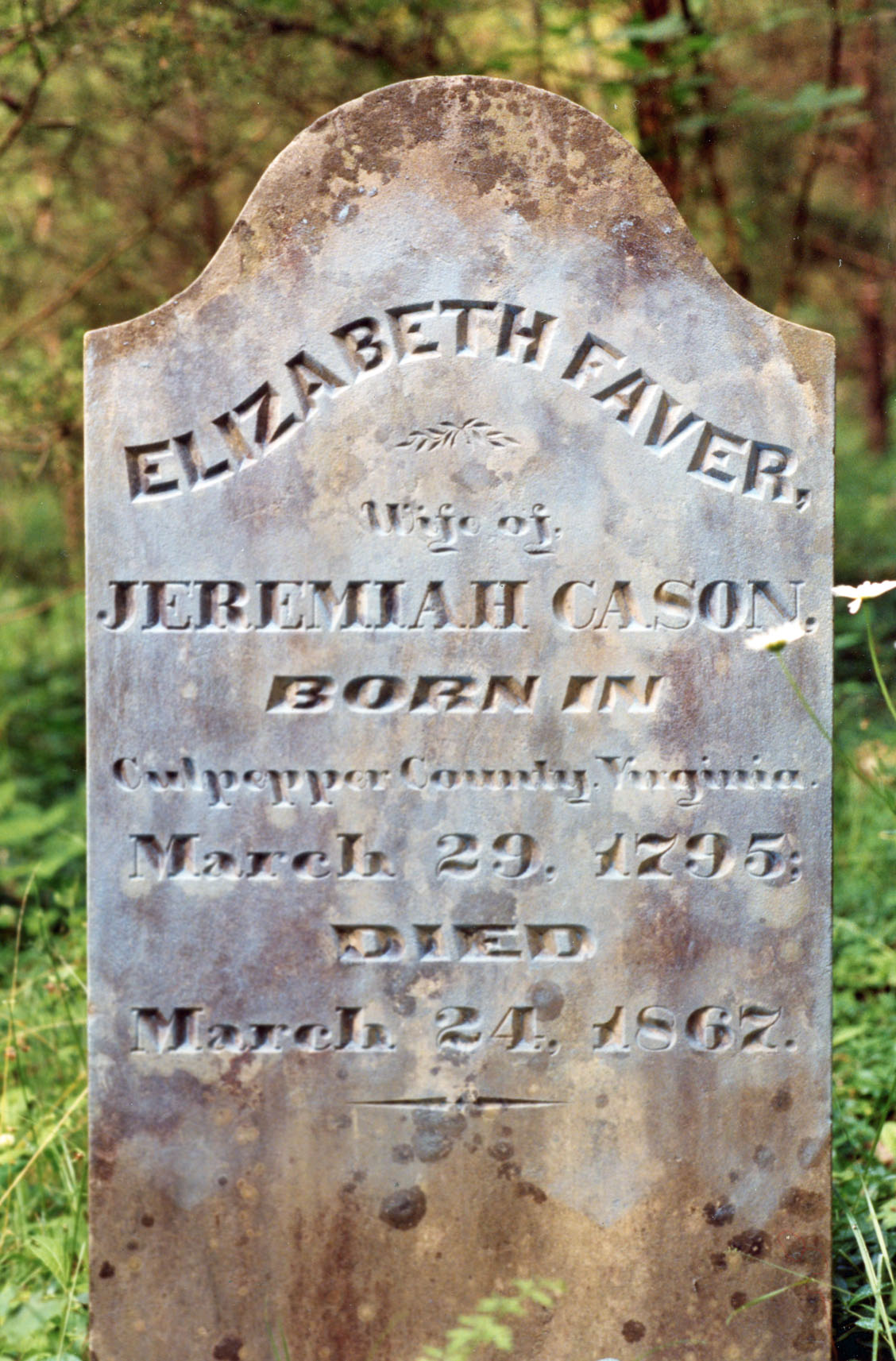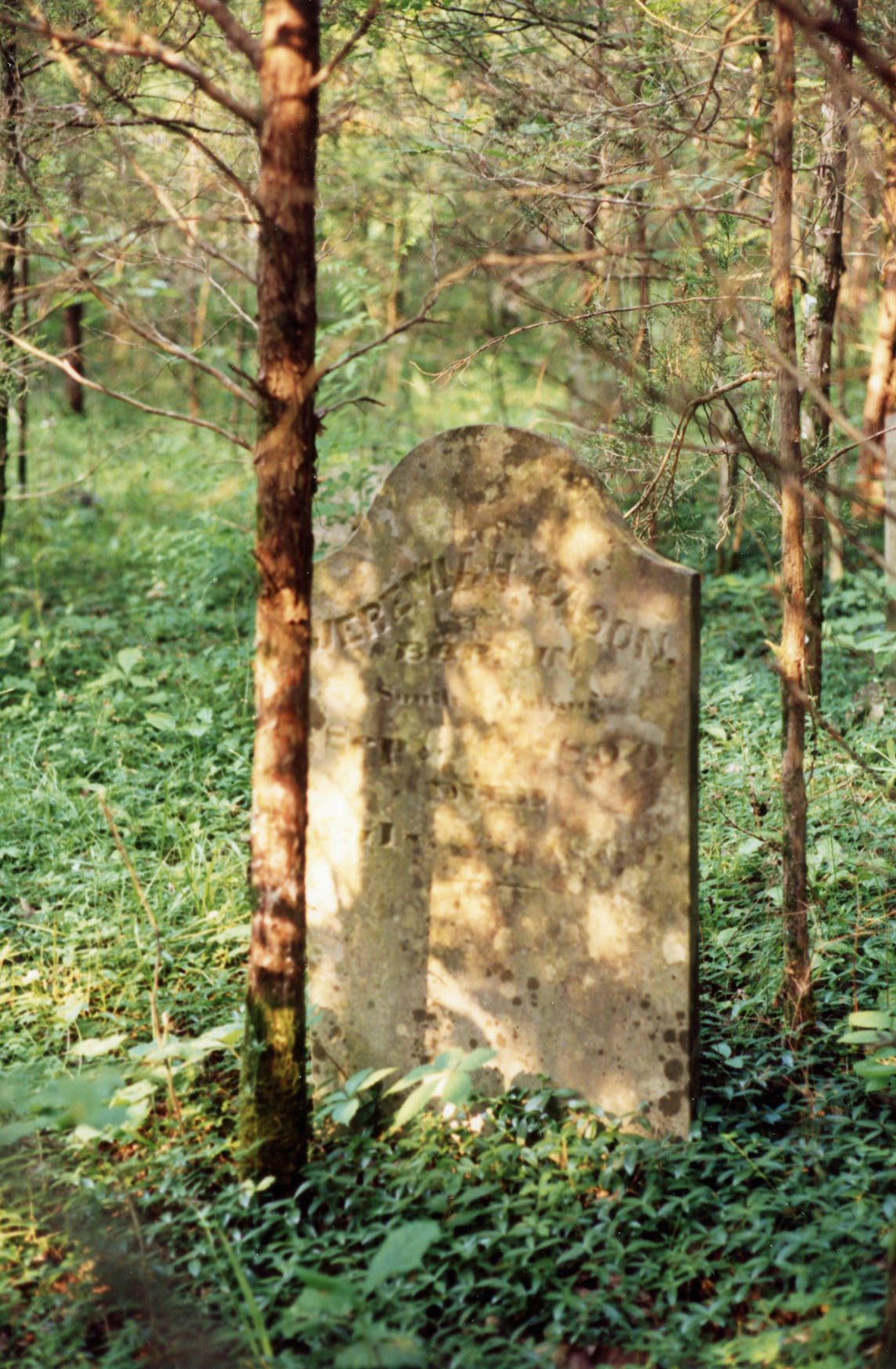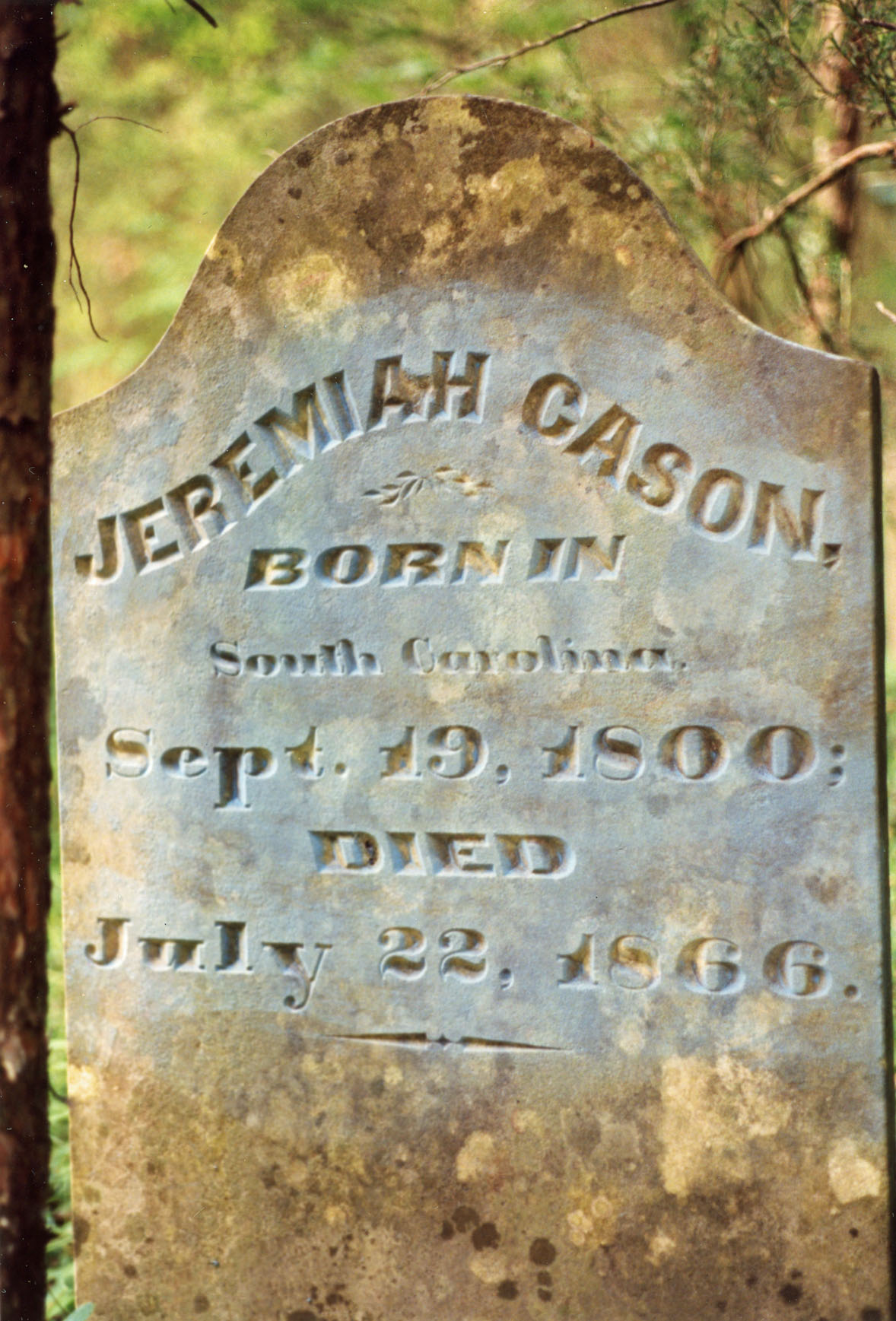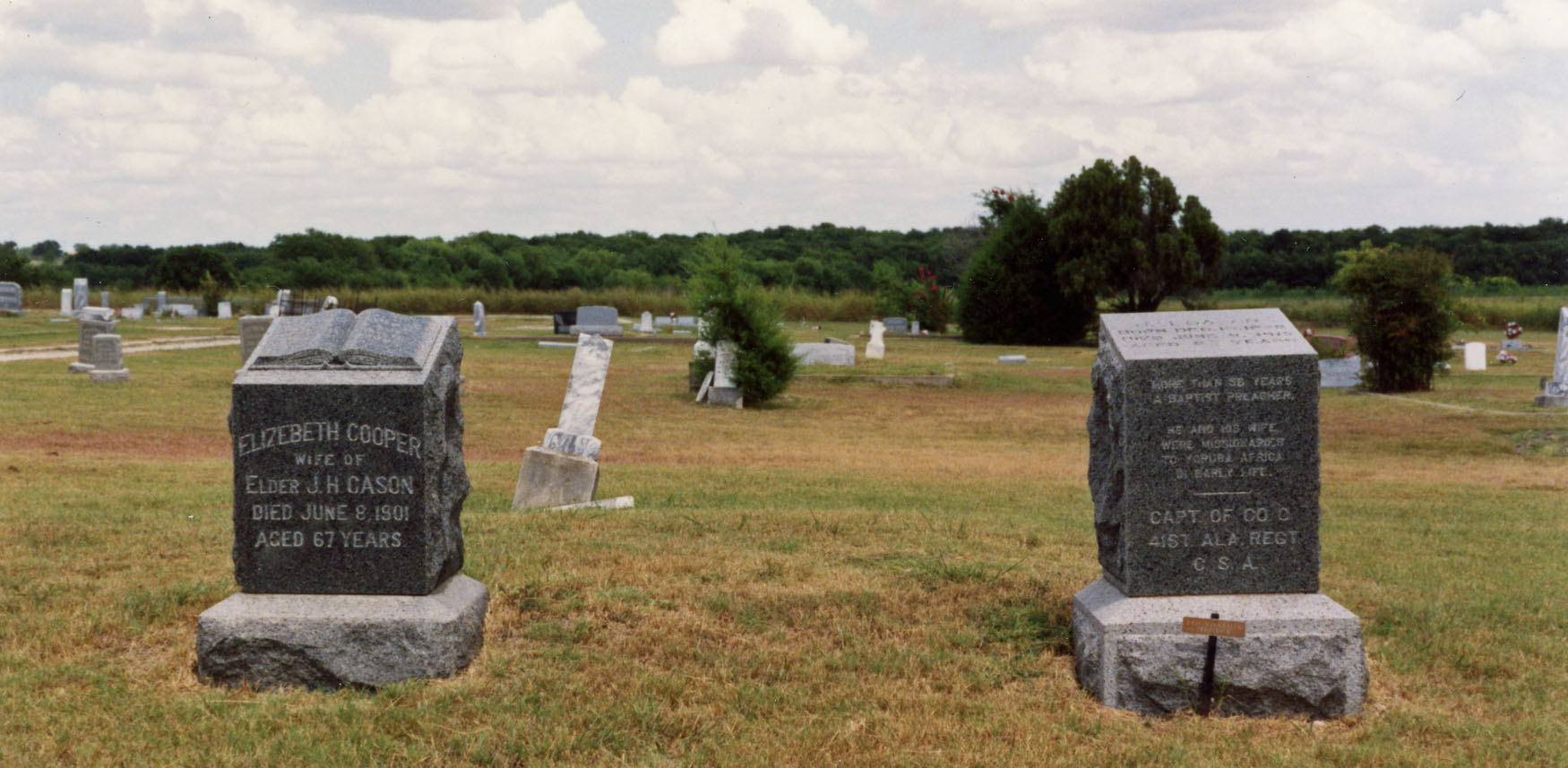Nature – 52 Ancestors in 52 Weeks
There is an age old debate about what forms a person – nature or nurture. Are there some people who are just born with a nature that leads them to be good, wholesome, helpful, virtuous citizens and others who are born to be criminal, reprobate, and generally just bad people? Or is the way a person turns out the product of their upbringing and life circumstances?
I guess all of this is a way to as who is to blame or who can take credit for someone else’s lot in life, as if you could fully do either.
I suspect that there is some middle ground in all of this. Some folks seem to have a temperament independent of any of the things that have gone on in their life and independent of the people around them. Likewise, there seem to be people who are genuinely trapped by circumstances.
Which was it for the Billington family?
As a native of the south shore of Boston, it’s not surprising that my wife has ancestors who arrived on the Mayflower. What is surprising is the people that she descends from. John Billington, his wife Elinor, and their children, John Jr. and Francis, were among the passengers on the Mayflower. I have read that William Bradford considered them more trouble than the other 98 passengers, combined!
Reading their history feels like walking into a broken down trailer park behind a run-down Walmart somewhere in the middle of nowhere on the wrong side of the tracks.
Francis, the son, apparently made the equivalent of cherry-bombs and set them off in the ship, as well as firing his father’s musket while inside the ship.
John Sr. routinely challenged the orders of Myles Standish, railed against the leaders of the party, and was implicated in a revolt against the Plymouth Church.
Elinor was sentenced to be whipped and to sit in the stocks after she was convicted of slander of another settler.
John Jr. got lost in the woods and was captured, later to be returned, by Native Americans on Cape Cod. It was also widely thought, though never proved, that John Jr. burned down several of his neighbors houses.
The ultimate, however, was when John Sr. happened upon John Newcomen, a man with whom he had a long-running feud while out hunting. John Billington took matters into his own hands and shot John Newcomen, dead. Thus happened the first murder in Plymouth Colony. As a consequence, my wife’s 11-times-great-grandfather became both the first murderer and the first person hanged in the Colonies.
You can read all about this lots of places. The New England Historical and Genealogical Society, FindAGrave, Wikipedia have great articles.
Two last curious facts I noticed about the Billingtons: First, among the families that arrived on the Mayflower, virtually no other families survived the first couple of years unscathed by deaths in the family. People died of starvation, Indian attacks, accidents, sickness, etc. But, the Billingtons prospered through the first couple of winters. John Jr. died first not long after his father’s hanging (I am not counting that one) in 1630, but they all made it through the really rough years. Bad or not, they seemed to be strong and resilient. Such is nature.
Second, if you research Mayflower families, they pretty much marry into each other’s families. There is a close association between them right from the outset. John Jr never married, even though by the age of 24 (when he died), you might have expected him to be married. Francis was 28 when he married Christian (Penn) Eaton, a widow. She had arrived later on, aboard the Anne. It wasn’t until several generations later that any of Francis’ descendants married descendants of the other Mayflower passengers. Seems like the families of the original Pilgrims continued to stay away from “those Billingtons.” I guess other folks assumed something about their nature, even generations later.
So, what was it, Nature or Nurture, that made the Billingtons just a bad bunch? Clearly, they were not among the Pilgrims who came to America for religious freedom. I wonder if they were escaping a situation in England that they had made for themselves. Were the children just bad, too? Or did they turn out that way as a consequence of how they were raised? Who knows. But, I am sure the debate will go on for years. For now, we look back and shake our heads and just wonder.















